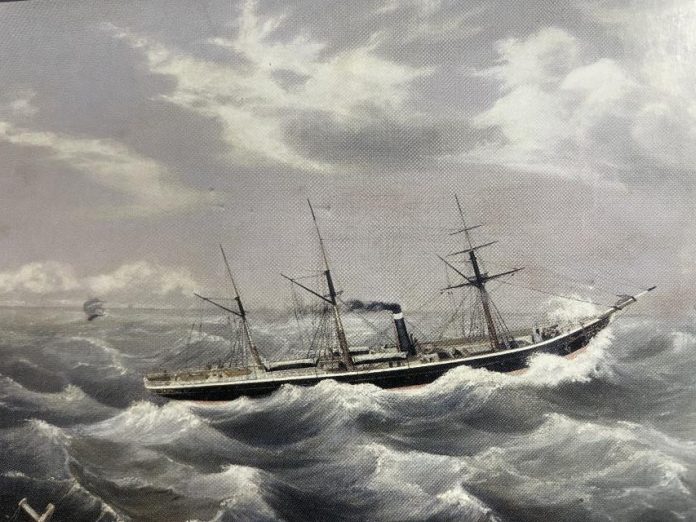Remembering the Admella’s final voyage

Digital Edition
Subscribe
Get an all ACCESS PASS to the News and your Digital Edition with an online subscription
Scriven sits at number five
A SOUTH East minister has found herself sitting at number five on this year’s election ballot.
Minister for Primary Industries, Regional Development and Forestry Clare...







